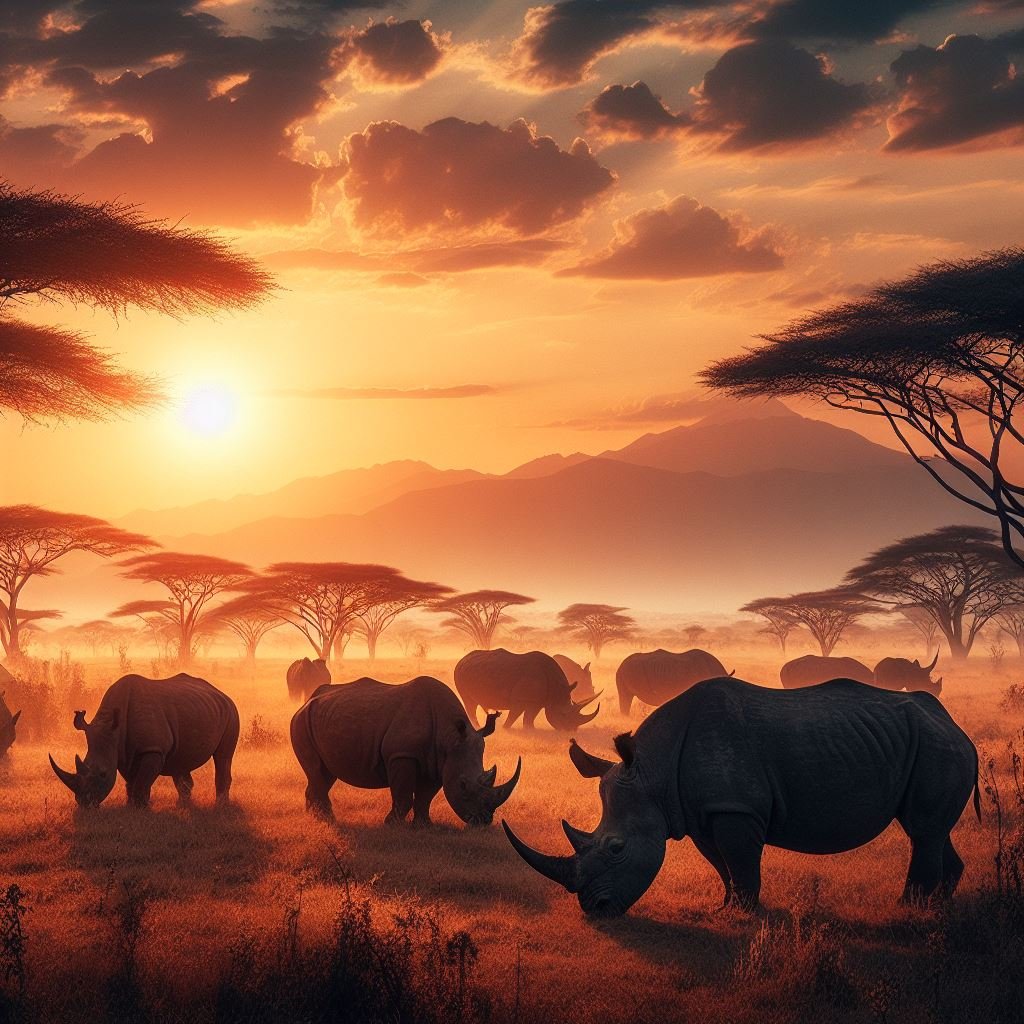The African savannahs, with its grasslands and majestic wildlife, have long captivated our imaginations. Among the iconic inhabitants of this vast landscape, the black rhino stands as a symbol of resilience and mystery. These enigmatic creatures, often portrayed as solitary wanderers, have recently revealed surprising facets of their social behavior. Are they truly destined to walk alone, or do they harbor secret social lives?
For years, we’ve been told that black rhinos are loners, emerging from their solitary existence only for mating or when nurturing a calf under three years old. In contrast to their white rhino counterparts have been observed forming social bonds, even exhibiting crashes—a term used to describe their close-knit interactions. But how accurate is this narrative?
In the age of social media, advanced technology, and heightened wildlife observation, our understanding of animal behavior is evolving. Professional guides leading safari tours now share intriguing anecdotes: black rhinos forming unexpected alliances, calves lingering longer than expected, and glimpses of social dynamics that defy convention.
Picture this: a group of black rhinos, their massive forms silhouetted against the African sunset, grazing together. It’s a scene that challenges the traditional perception of these solitary giants. Camera traps, strategically placed to capture candid moments, have unveiled a different side of black rhino behavior—one that occurs when they’re not on edge, aware of human presence.
So, how sociable are black rhinos really? The answer lies in the delicate balance between their innate tendencies and external pressures. While adult females occasionally share overlapping ranges, bulls remain steadfastly solitary. Yet, intriguingly, mothers and their calves exhibit a bond that defies the stereotype of aloofness.
The question that needs to be explored is whether the poaching crisis is affecting their behavior, or if we have been oversimplifying their social structure for longer than that. Due to their lifestyle, they will inevitably spend more time in thickets and areas where it is less easy to observe them. It makes sense that the territorial bulls would have been the individuals more likely to be observed regularly. Could it be that observations of the bulls’ behavior were prematurely assumed to apply to the species as a whole?
As conservation efforts intensify, we remain hopeful. Perhaps, in the not-so-distant future, we’ll unravel the intricacies of black rhino social lives. Until then, we watch, learn, and marvel at these magnificent creatures—destined, it seems, to walk a path both solitary and communal.
Stay tuned for more revelations from the heart of the African wilderness.

